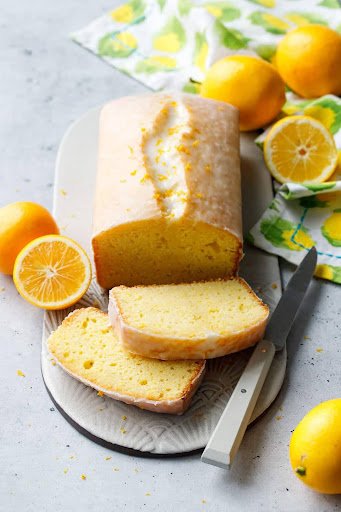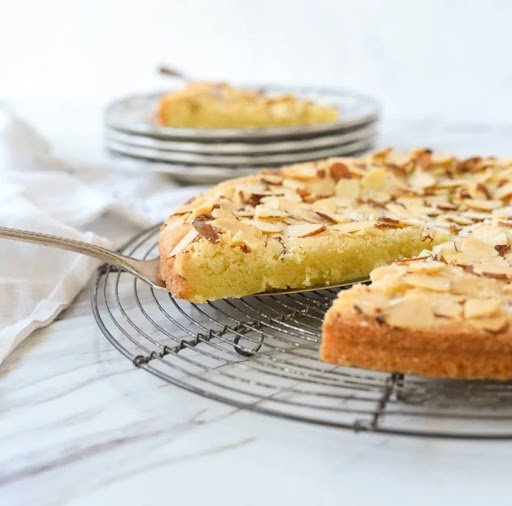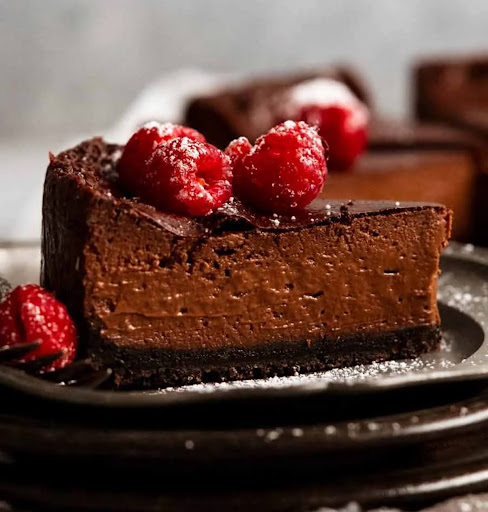Culinary School 101: Mastering Cake Texture Like a Pro
Hey Chefs,
My name is Brennah, and I love cooking. Seriously—give me a whisk and a mixing bowl, and I’m in my happy place.
It’s always been a dream of mine to attend culinary school, and now I’m finally doing it! After years of watching food documentaries, collecting cookbooks, and experimenting in the kitchen (with both glorious successes and the occasional smoke alarm incident), I’ve taken the plunge and enrolled in a professional culinary program.
As I go through this delicious adventure, I thought I’d document what I’m learning and share my experiences with anyone who loves food as much as I do. So, welcome to what I like to call The Culinary School Confidential.
Let’s kick things off with something sweet—cake! Because really, who doesn’t love cake?
A Tale of Three Cakes
In our cake unit, we explored three different types of cakes, each made with a different binding method:
1. Flour + Whole Eggs
2. Egg Whites Only
3. Egg Yolks + Whole Eggs + Little or No Flour
And let me tell you—each one creates a totally different result in texture, structure, and flavor.
1. Flour + Whole Eggs
This is your go-to classic structure. Think pound cakes or loaf-style cakes—the kind you can slice cleanly, stack confidently, and maybe even ship across the country if you’re feeling generous. For this style, we made a lemon travel cake, and oh my goodness—it was bright, zesty, moist, and totally travel-worthy (though good luck not eating it before it reaches its destination)

2. Egg Whites Only
Looking for something light and cloud-like? Enter the egg whites. Beaten into airy peaks and folded oh-so-gently, egg whites give cakes that magical fluffiness. We made a Venetian Almond Torte, and it was like biting into a delicious almond-scented cloud. Elegant and subtly sweet.

3. Yolks + Whole Eggs + Little or No Flour
Now we’re talking richness. These cakes lean into that custard-meets-fudge territory. Dense, dreamy, and often so decadent you don’t even need frosting (but let’s not rule it out). Our example here was a chocolate fondant cake—melty, moody, and positively indulgent. This one was my absolute favorite! Here is the recipe if you want to try it at home:

There’s a whole universe of cakes out there, each with its own texture, flavor profile, and perfect occasion. What we touched on in class was just the beginning. As the course goes on, I’ll be diving deeper into the science and technique of cakes—and of course, taste-testing my way through it all.
Thanks for joining me on this adventure. Stay tuned for more sweet stories, tips, and maybe even a few more recipe gems along the way.
Until next time, cake on!
— Brennah
 Brennah Van Wagoner
Brennah Van Wagoner
Weekly Newsletter Contributor since 2025
Email the author! brennah.oaks@gmail.com
